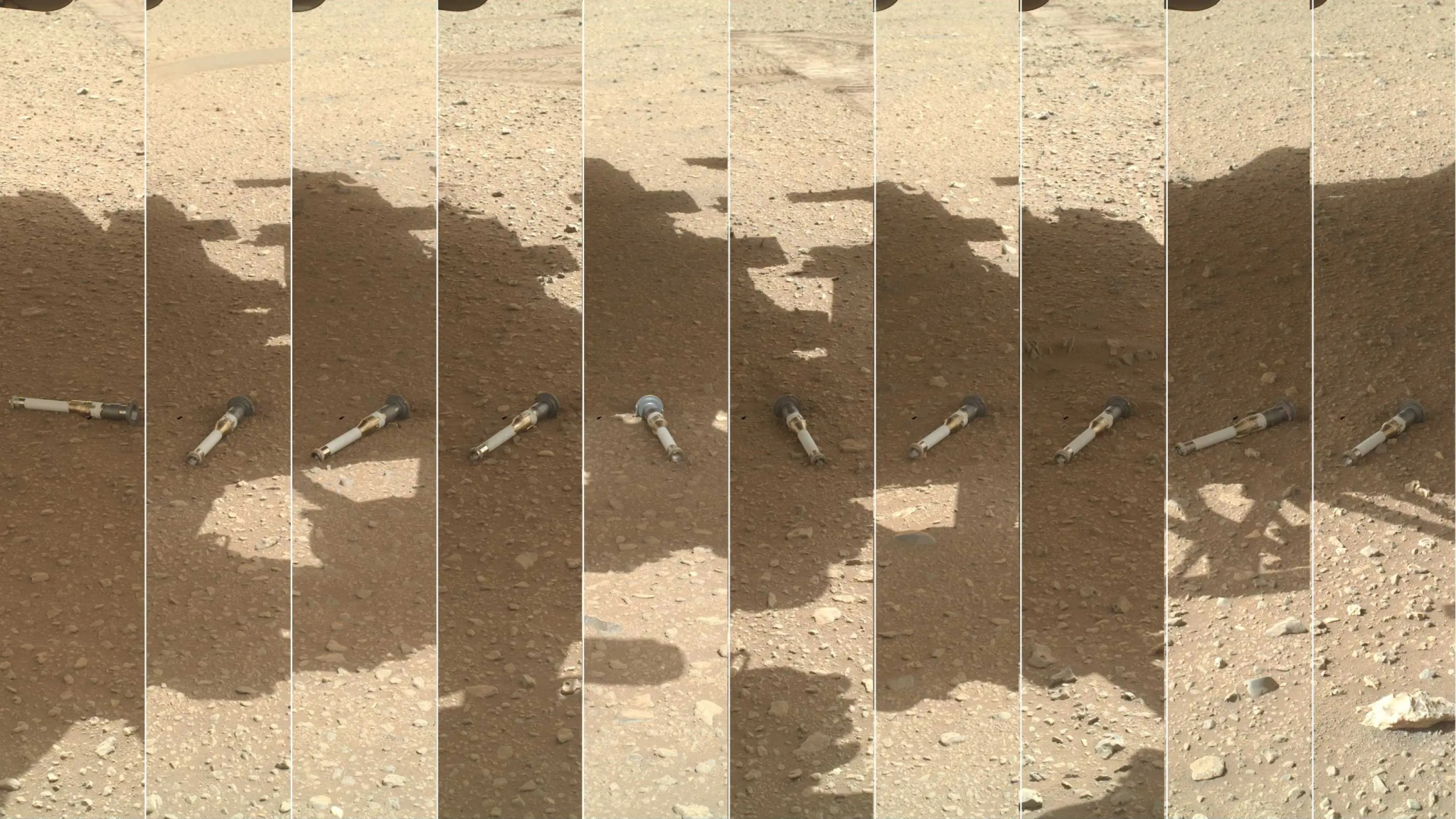
To maximize chances of successfully bringing the first Martian rock and sediment samples to Earth for the benefit of humanity, NASA announced Tuesday a new approach to its Mars Sample Return Program. The agency will simultaneously pursue two landing architectures, or strategic plans, during formulation, encouraging competition and innovation, as well as cost and schedule savings.
NASA plans to later select a single path forward for the program, which aims to better understand the mysteries of the universe, and to help determine whether the Red Planet ever hosted life. NASA is expected to confirm the program - and its design - in the second half of 2026.
"Pursuing two potential paths forward will ensure that NASA is able bring these samples back from Mars with significant cost and schedule saving compared to the previous plan," said NASA Administrator Bill Nelson. "These samples have the potential to change the way we understand Mars, our universe, and - ultimately - ourselves. I'd like to thank the team at NASA and the strategic review team, led by Dr. Maria Zuber, for their work."
In September 2024, the agency accepted 11 studies from the NASA community and industry on how best to return Martian samples to Earth. A Mars Sample Return Strategic Review team was charged with assessing the studies and then recommending a primary architecture for the campaign, including associated cost and schedule estimates.
"NASA's rovers are enduring Mars' harsh environment to collect ground-breaking science samples," said Nicky Fox, who leads NASA's Science Mission Directorate. "We want to bring those back as quickly as possible to study them in state-of-the-art facilities. Mars Sample Return will allow scientists to understand the planet's geological history and the evolution of climate on this barren planet where life may have existed in the past and shed light on the early solar system before life began here on Earth. This will also prepare us to safely send the first human explorers to Mars."
During formulation, NASA will proceed with exploring and evaluating two distinct means of landing the payload platform on Mars. The first option will leverage previously flown entry, descent, and landing system designs, namely the sky crane method, demonstrated with the Curiosity and Perseverance missions. The second option will capitalize on using new commercial capabilities to deliver the lander payload to the surface of Mars.
For both potential options, the mission's landed platform will carry a smaller version of the Mars Ascent Vehicle. The platform's solar panels will be replaced with a radioisotope power system that can provide power and heat through the dust storm season at Mars, allowing for reduced complexity.
The orbiting sample container will hold 30 of the sample tubes containing samples the Perseverance lander has been collecting from the surface of Mars. A redesign of the sample loading system on the lander, which will place the samples into the orbiting sample container, simplifies the backward planetary protection implementation by eliminating the accumulation of dust on the outside of the sample container.
Both mission options rely on a capture, containment and return system aboard ESA's (European Space Agency's) Earth Return Orbiter to capture the orbiting sample container in Mars orbit. ESA is evaluating NASA's plan.






